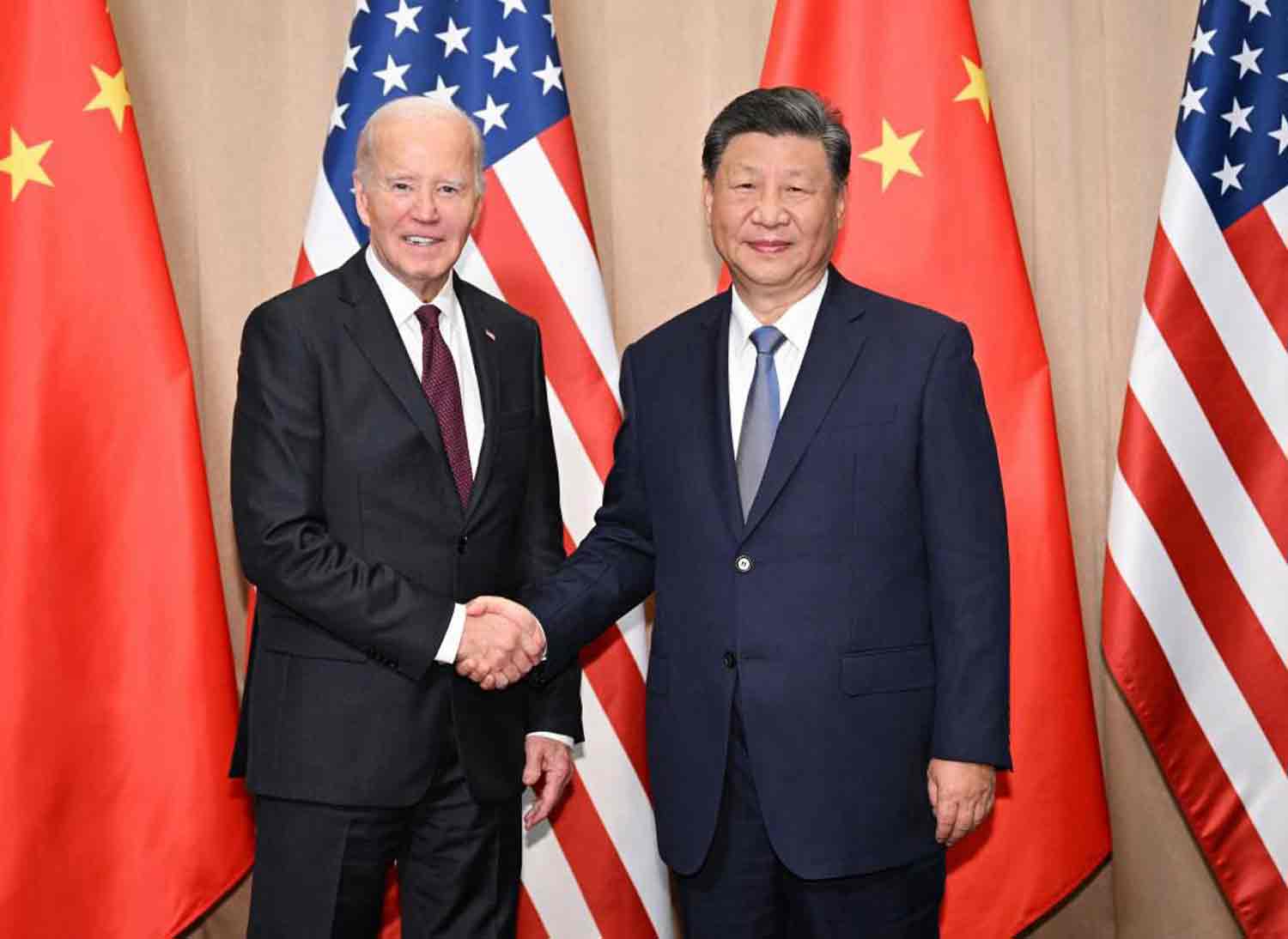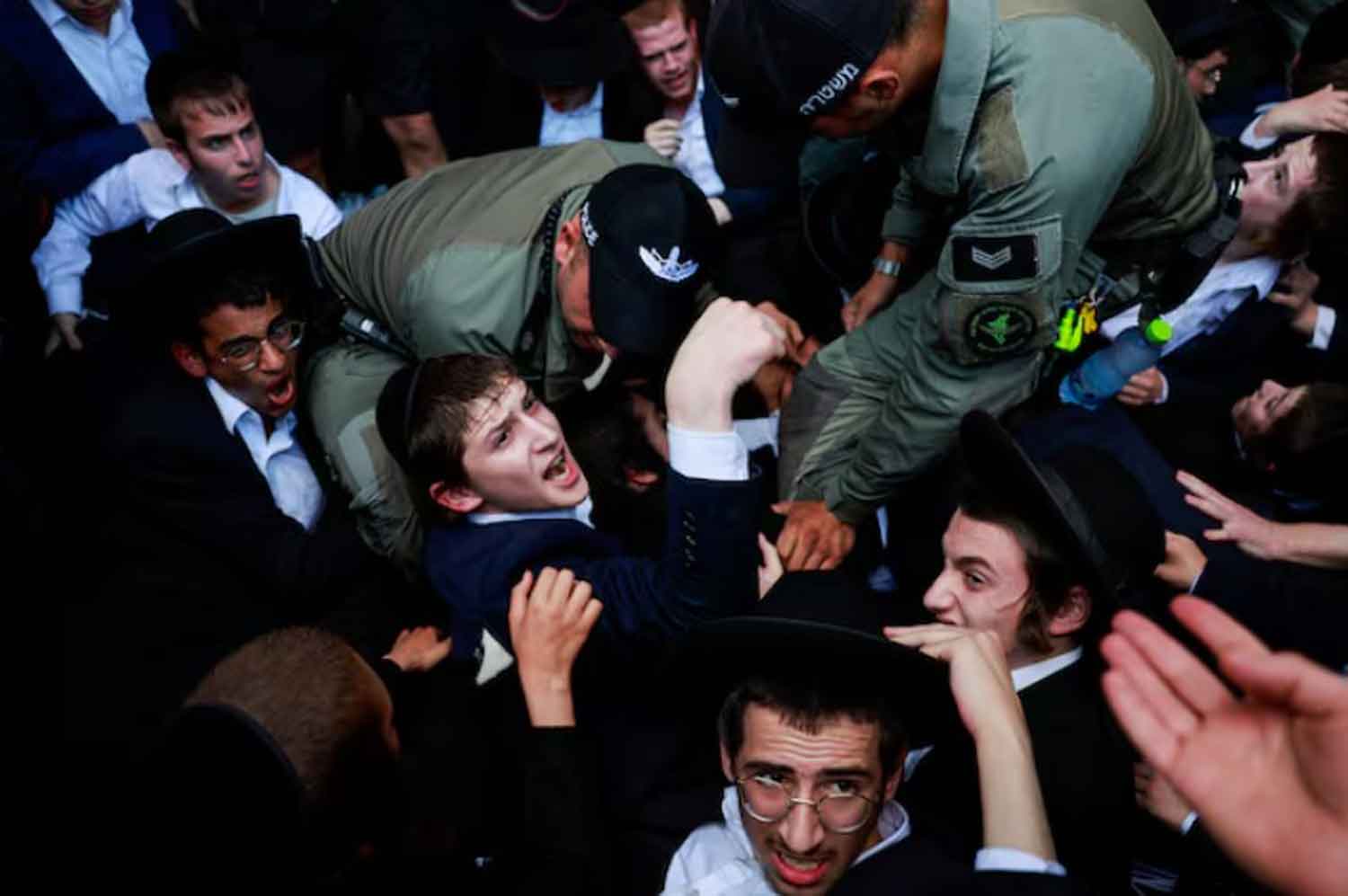Russia executed its most extensive airstrike campaign against Ukraine in nearly three months on Sunday, deploying 120 missiles and 90 drones in a comprehensive assault that resulted in at least seven fatalities and inflicted “severe damage” to the power infrastructure, according to officials.
Ukrainians have been preparing for weeks for an assault on their already weakened energy system, apprehensive about the potential for devastating damage that could lead to prolonged blackouts as winter approaches, thereby increasing psychological strain during this critical phase of the conflict initiated by Russia in February 2022.
The attacks, which necessitated emergency power reductions in various regions, followed the recent U.S. presidential election victory of Donald Trump, whose commitment to ending the war—without detailing a strategy—has raised concerns about an impending push for negotiations.
“Russia has initiated one of the largest aerial assaults: drones and missiles targeting peaceful cities, unsuspecting civilians, and vital infrastructure,” stated Foreign Minister Andrii Sybiha on X.
Throughout the night, air defense systems were activated to intercept drones over the capital, and a series of powerful explosions reverberated through the city center as the missile strikes unfolded in the morning.
Kyiv’s air force reported that military forces successfully intercepted 104 of the 120 missiles and 42 of the 90 drones launched by Russia.
Russia’s defense ministry claimed responsibility for a significant strike aimed at energy facilities that support Ukraine’s military-industrial complex.
Severe damage has been inflicted on Ukraine’s energy infrastructure, particularly affecting DTEK power stations. “These assaults underscore the urgent need for enhanced air defense systems from our allies,” stated Maxim Timchenko, CEO of DTEK, the largest private energy provider in Ukraine.
Following a series of Russian strikes on the power grid, officials have been reticent about the condition of the energy infrastructure and rarely provide comprehensive updates on the impacts of these attacks.
Authorities have acknowledged damage to “critical infrastructure” and reported power outages across various regions, including Volyn, Rivne, and Lviv in the west, extending to the southeastern areas of Dnipropetrovsk and Zaporizhzhia. In response, DTEK has implemented emergency power cuts in the southern Odesa region as directed by energy officials.
President Volodymyr Zelenskiy remarked that the “massive combined attack targeted all regions of Ukraine.”
In Mykolaiv, two fatalities were reported following an overnight drone strike, according to the governor. Additionally, two individuals lost their lives and three were injured in a strike on a rail depot in the Dnipropetrovsk region, as confirmed by rail authorities.
In the Lviv region, bordering Poland, a woman was killed while in her vehicle, as reported by the governor. Another two fatalities occurred in the Odesa region.
In Kyiv, debris from the attacks caused a fire on the roof of a residential building, resulting in injuries to at least two individuals, as stated by city officials via the Telegram messaging app.
A significant wave of strikes occurred as the conflict nears the 1,000th day since Russia’s full-scale invasion.
The last major missile assault on Kyiv took place on August 26, when officials reported that Russia launched a barrage of over 200 drones and missiles across the nation, resulting in seven fatalities.
INCREASING TENSION
Poland, a NATO member sharing a border with Ukraine to the west, announced that it had deployed its air force within its airspace as a precautionary measure during the attack, which involved cruise missiles, ballistic missiles, and drones.
The ongoing Russian offensive intensifies pressure on Ukraine, as Moscow’s forces achieve their quickest territorial gains in the eastern region since 2022, aiming to capture the entire industrial Donbas area despite suffering significant losses, according to reports from Kyiv and Western sources.
Meanwhile, Ukrainian forces are striving to maintain control over a territory they captured in Russia’s Kursk region in August, which Kyiv believes could be leveraged as a bargaining tool in future negotiations.
Sybiha indicated that the strike seemed to be Moscow’s “true response” to leaders engaging with President Vladimir Putin, seemingly targeting German Chancellor Olaf Scholz, who spoke with the Russian leader for the first time since late 2022.
While Scholz urged Putin to withdraw his troops from Ukraine, where they occupy approximately one-fifth of the territory, Kyiv expressed discontent over the call, arguing that it diminished the isolation of the Kremlin leader.
Discover more from Defence Talks | Defense News Hub, Military Updates, Security Insights
Subscribe to get the latest posts sent to your email.





